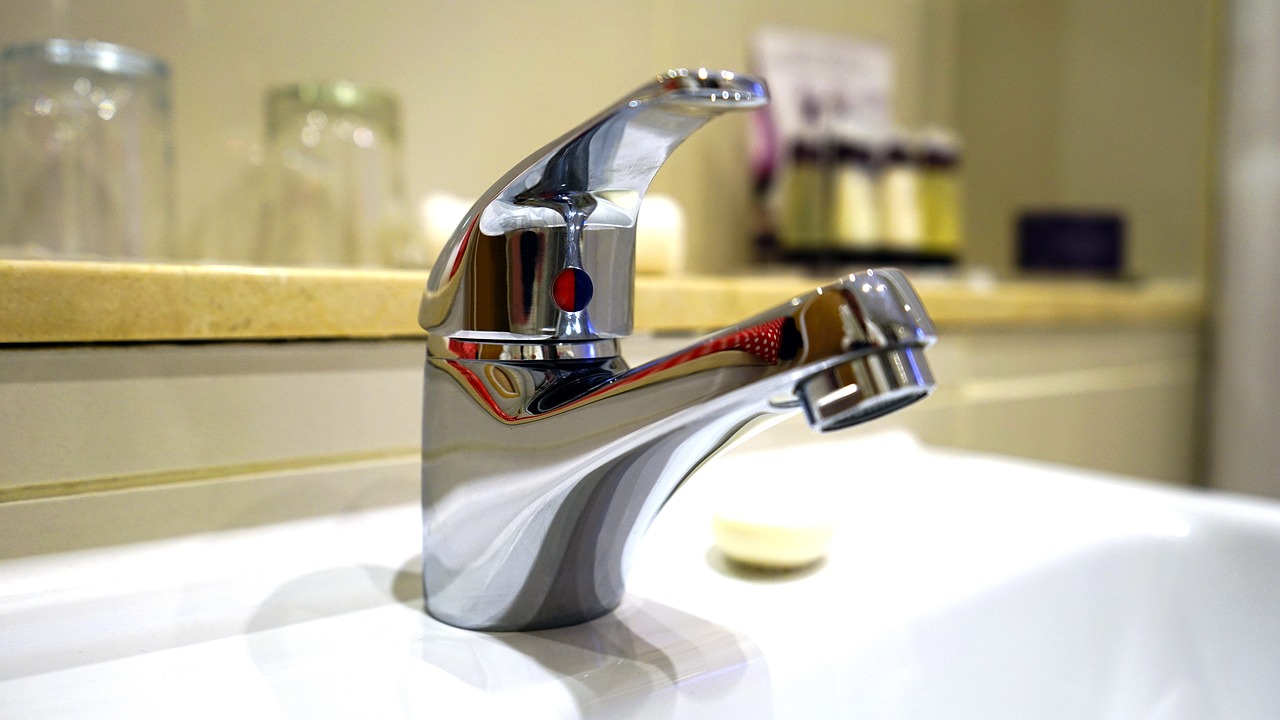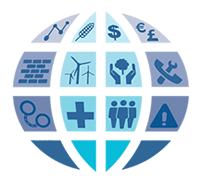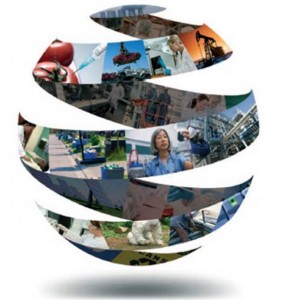Case Study
Water Efficient Product Labelling Scheme (WEPLS) by the National Water Services Commission (SPAN)
Summary
The main purpose of the Water Efficient Product Labelling Scheme (WEPLS) is to encourage suppliers to develop and market water efficient products as part of water conservation measures, as well as to raise public awareness on the availability of water efficient products. Participation in WEPLS by the suppliers is on a voluntary basis at this juncture in order to allow a lead time for the market to transition towards more water efficient products. Water efficient labelling on the products under this programme requires that test data from third-party laboratories comes from laboratories accredited by the Department of Standards Malaysia (DSM) or other Asia Pacific Accreditation Cooperation (APAC) or International Laboratory Accreditation Cooperation (ILAC) Mutual Recognition Arrangement (MRA) signatory accreditation bodies.
Background
The National Water Services Commission (SPAN) is a technical and economic regulatory body for the water supply and sewerage services in Malaysia (Peninsular Malaysia and Federal Territories of Putrajaya and Labuan). The Commission regulates all entities in the water supply and sewerage services industry, including public and private water supply and sewerage services operators, water supply and sewerage contractors, permit holders and suppliers of water and sewerage products. SPAN regulates the water services industry in accordance with the Water Services Industry Act 2006 (Act 655) which came into force on 01 January 2008. WEPLS is a voluntary Water Efficient Product Labelling Scheme initiated by SPAN. WEPLS was launched in January 2013 to register and label water efficient products according to the guidelines set by SPAN. The WEPLS label serves to inform consumers of the product’s water efficiency rating in order that consumers can take these factors into consideration when making their purchasing decision. Five (5) types of products are covered under WEPLS: Water taps, which include basin taps, sink taps, shower taps and ablution taps, water closets, urinal equipment, shower heads and clothes washing machines.
Strategy
The water efficiency product is rated according to its water consumption based on the three (3) star rating system. One star indicates that the product is a water efficient product whereas two stars indicate that the product is highly water efficient and three stars indicate that the product holds the highest level of water efficiency among similar products on the market.
The Commission provides recognition to a foreign and local conformity assessment body (CAB). The test of water consumption is to be carried out by an independent testing laboratory recognised by SPAN. The laboratory can be a local testing laboratory which has been accredited under the Department of Standards Malaysia for the test method stipulated, or a laboratory accredited by another APAC or ILAC MRA signatory accreditation body.
Results and impact
WEPLS creates no barrier to trade. Water efficient labelling on products helps consumers to distinguish more water efficient products from the less efficient ones at the time of purchase, therefore allowing them to make well-informed purchasing decisions. To date, more than 10 suppliers or manufacturers in the marketing or production of water efficient products as part of conservation efforts have registered with WEPLS since the launching of this scheme.
It is also expected that the program will grow the number of local accredited laboratories and certification bodies with testing and product certification capabilities, required to support industry needs. Local manufacturers can benefit greatly from the availability and less expensive services of the local testing/certification, as opposed to sending the product to be tested overseas.
Contact
Name: IAF and ILAC Secretaries
Organisation: Compiled by IAF and ILAC




